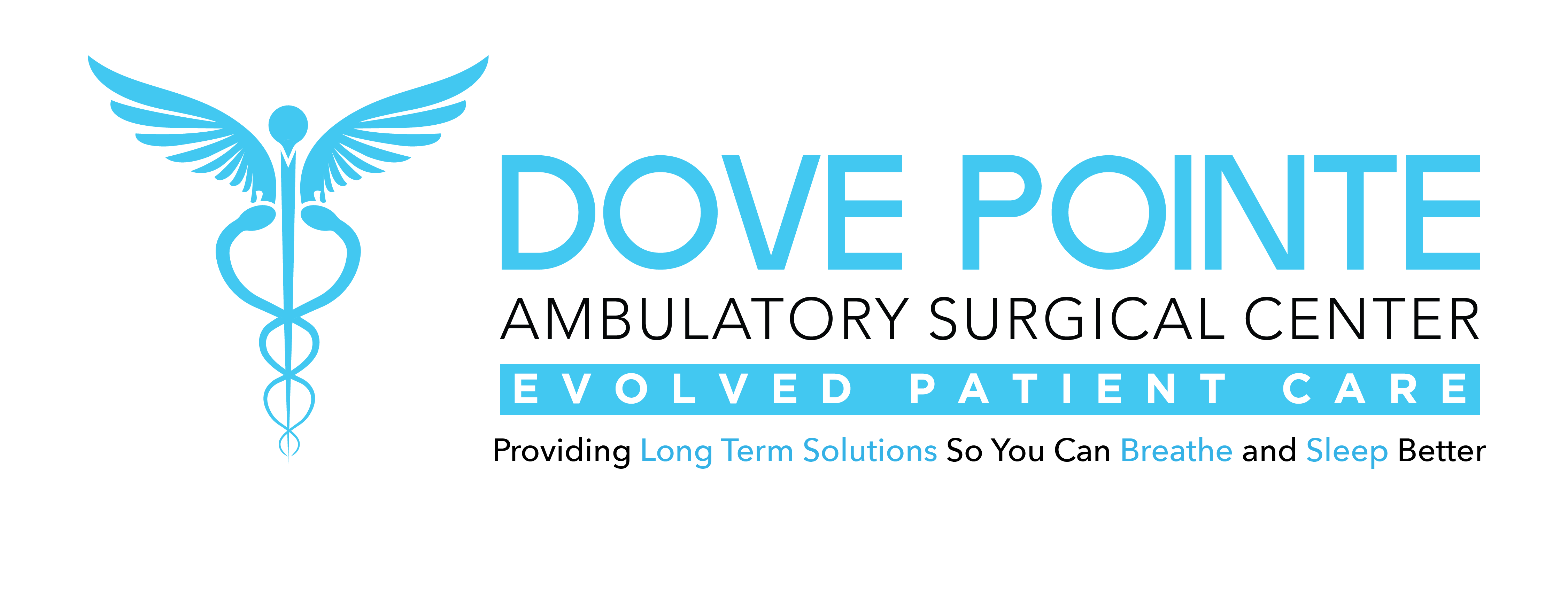Living with sinus issues is no walk in the park, as they can be very stubborn. If medications or other treatments have been ineffective in providing relief for your sinusitis or recurrent acute sinusitis, you may be a candidate for our in-office procedure known as balloon sinuplasty.
This minimally invasive procedure is performed using a tiny balloon to dilate the sinuses, rather than using surgical tools to cut and remove tissue. As the balloon gently inflates, it increases the sinus openings and removes structural blockages, which are usually a primary source or factor in sinus issues.
While the procedure is frequently performed, there are quite a few myths regarding balloon sinuplasty that may scare candidates away. Let certified McAllen physician assistant Jonathan Lerma and his team of sinus relief specialists at the Glatz Group of Valley ENT help you separate the facts from the fiction.
Below you will find some of the most common misconceptions regarding balloon sinuplasty and the facts behind them, all according to the American Sinus Institute.
Common Balloon Sinuplasty Misconceptions Debunked
- Myth: Following the procedure, the patient’s nose has to be packed with gauze, and removing the gauze is uncomfortable. People who had traditional nasal surgery are aware of how uncomfortable this was, even years upon removal.
Fact: The innovation of new technologies has eliminated the requirement for nasal packing post-procedure. Whether the patient gets traditional sinus surgery or goes through with balloon sinuplasty, the gauze is no longer necessary to use.
- Myth: Sinus surgery has to be repeated because it often doesn’t work.
Fact: Most people who have balloon sinuplasty notice improvements in their quality of life after the operation and it does not need to be repeated.
- Myth: The recovery process from the procedure is long and difficult.
Fact: When it comes to balloon sinuplasty, there’s little to no downtime. Patients can generally go back to work and resume daily activities after a single day of rest.
- Myth: After the procedure, people will appear to have black and blue eyes.
Fact: There is typically no change to a patient’s appearance unless they got cosmetic nasal work done at the same time.
- Myth: Balloon sinuplasty is not covered by insurance.
Fact: Many plans cover it, but there may be a pre-authorization required prior to the procedure being completed. The medical office where you’re having the balloon sinuplasty should handle these details with you.
- Myth: Balloon sinuplasty may be dangerous.
Fact: The tools utilized in balloon sinuplasty were approved by the Food and Drug Administration (FDA) in 2005 and thousands of these procedures have been done ever since. The procedure’s safety profile is legitimate.
- Myth: Every patient who experiences sinus problems is a candidate for balloon sinuplasty.
Fact: When a patient has a deviated septum or large polyps, they might be better suited to traditional sinus surgery that is conducted under general anesthesia. Certain patients who have these issues could still benefit from balloon sinuplasty with less recovery time.
- Myth: There’s no good treatment for nasal polyps because they always come back.
Fact: While they may reoccur, advances in the treatment options lessens the likelihood of them coming back. Our specialists can provide navigation of a patient’s polyps so they can identify where they take place and treat them more precisely. Glatz Group also offers nasal polyp removal surgery.
- Myth: The procedure is unbearably painful.
Fact: Balloon sinuplasty involves the usage of local and topical anesthetics to make the procedure more comfortable. There is a chance the patient will experience a sensation more like pressure and less like pain.
- Myth: Balloon sinuplasty will not be effective in providing relief from symptoms.
Fact: Balloon sinuplasty has been proven to be effective in offering lasting relief of sinusitis symptoms.
Balloon sinuplasty works well for those who would not be candidates for traditional surgery due to particular factors such as their health, age, previous response to anesthesia, or fear of being put under general anesthesia. For many patients, balloon sinuplasty can minimize symptoms as much as traditional surgery.
Get Fast Relief when you Visit the Glatz Group of Valley ENT
Understanding the treatment options available can bring you one step closer to getting the real, lasting relief you deserve. And our physician assistant and sinus relief specialists would be ‘Glatz’ to help make that possible.
Despite the uncertain circumstances COVID-19 has created, we continue to preserve the safety and quality care of both our patients and staff. If you would like to address your allergy or sinus symptoms from home, we can assist you via telemedicine - we’ve helped many of our patients via online services!
We also offer online consultations or phone calls.



